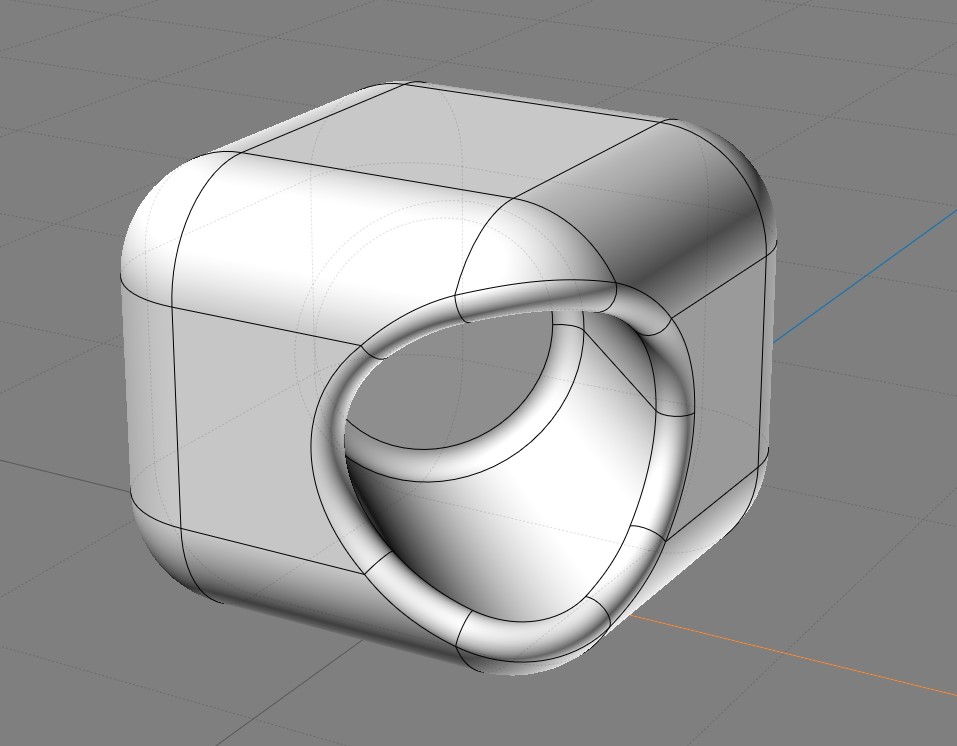Perhaps this is sacrilege for some, but I'm coming to the conclusion the once powerful SubD revolution has about ended and SubDs are now only used sparingly for specific types of projects.
Here's my thinking.
SubD's became popular at a time when NURBS and topology tools were either in their infancy or too expensive for casual modelers. They quickly were able to create organic and hard surface model forms with standard poly modelers in a non-destructive way. This was good especially if you were working on dynamic figures for animating in videos where you could rig the base model and then uprez the SubD cage to a higher resolution when rendering.
Topology modelers like ZBrush, MudBox and 3D Coat came along and soon everyone was building their organic models using topology modelers, and their hard surface models using affordable NURBS modelers (like MoI, Rhino, Fusion, OnShape, etc..). It became very clear to many of us it was much easier to create a detailed hard model in a NURBS solids modeler than to try and do it with SubDs, plus there's little reason to ever have to 'rig' a hard model for deformation, and if you do need to do so, there are interesting voxel alternatives as well. For instance take this simple radiused cube with a cylinder subtracted from the corner:

This is a nightmare to create using SubDs, yet is built in only a few mouseclicks in MoI.
Back to the discussion.
As more and more realtime modeling is going on, new workflows and pipelines are created. One thing I'm finding out, even with the 20+ characters we animate for the
Alamo Reality project is each of the characters needs different mesh densities at different LODs, and SubD just doesn't work well enough. We're better off using smart decimation + small tweaks from ZBrush and/or 3D Coat to best optimize our models, as literally every vertex counts. Plus, using baking tools like 3D Coat and Substance Painter, you can bake the normals of a super high density mesh onto a much lower one, giving the impression much higher detail resolution for an object.
I see using NURBS + Topology + Poly modelers is a tight pipeline, and with some of the best 'other' tools, including poly filleting, hard ops (Blender), draping fabric and at times SubD, you can get where you need to go. It's just not necessary anymore to start at SubD-- at least not for basic workflows.
If one follows
Vitaly Bulgarov,
MasterXeon2001,
Tor Frick,/a> and other concept and detail modelers, one now finds lots of different tools used, but similar workflows. And for the most part, there's not much SubD stuff there. Sometimes for a quick organic surface while in poly mode, but usually it's FROZEN quickly in order to continue to edit it using standard Boolean tools.
Of course each to his own, but when deadlines, budgets and production realities looming, I'm not seeing SubDs as part of the big future-- at least for AR/VR/MR/XR or any of the recent moves toward realtime effects.
I'm interested in what other think about this?